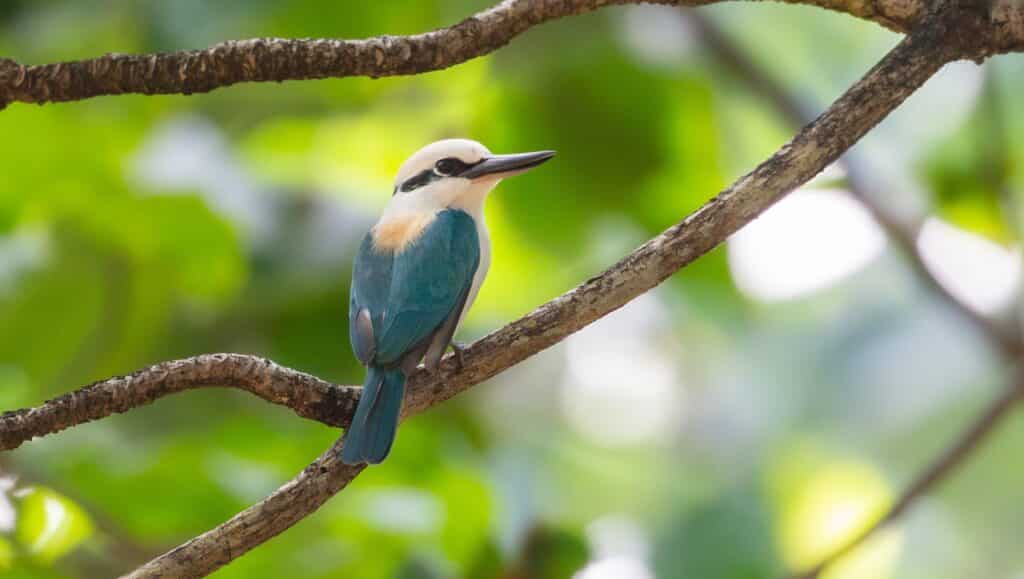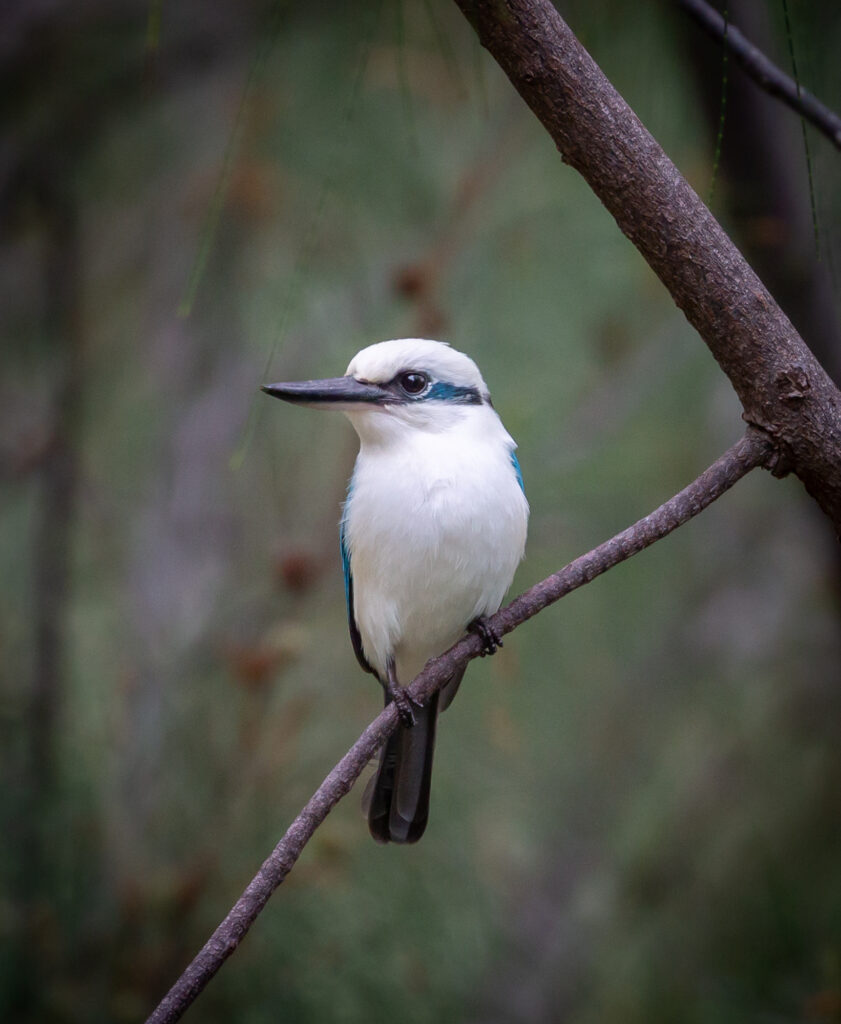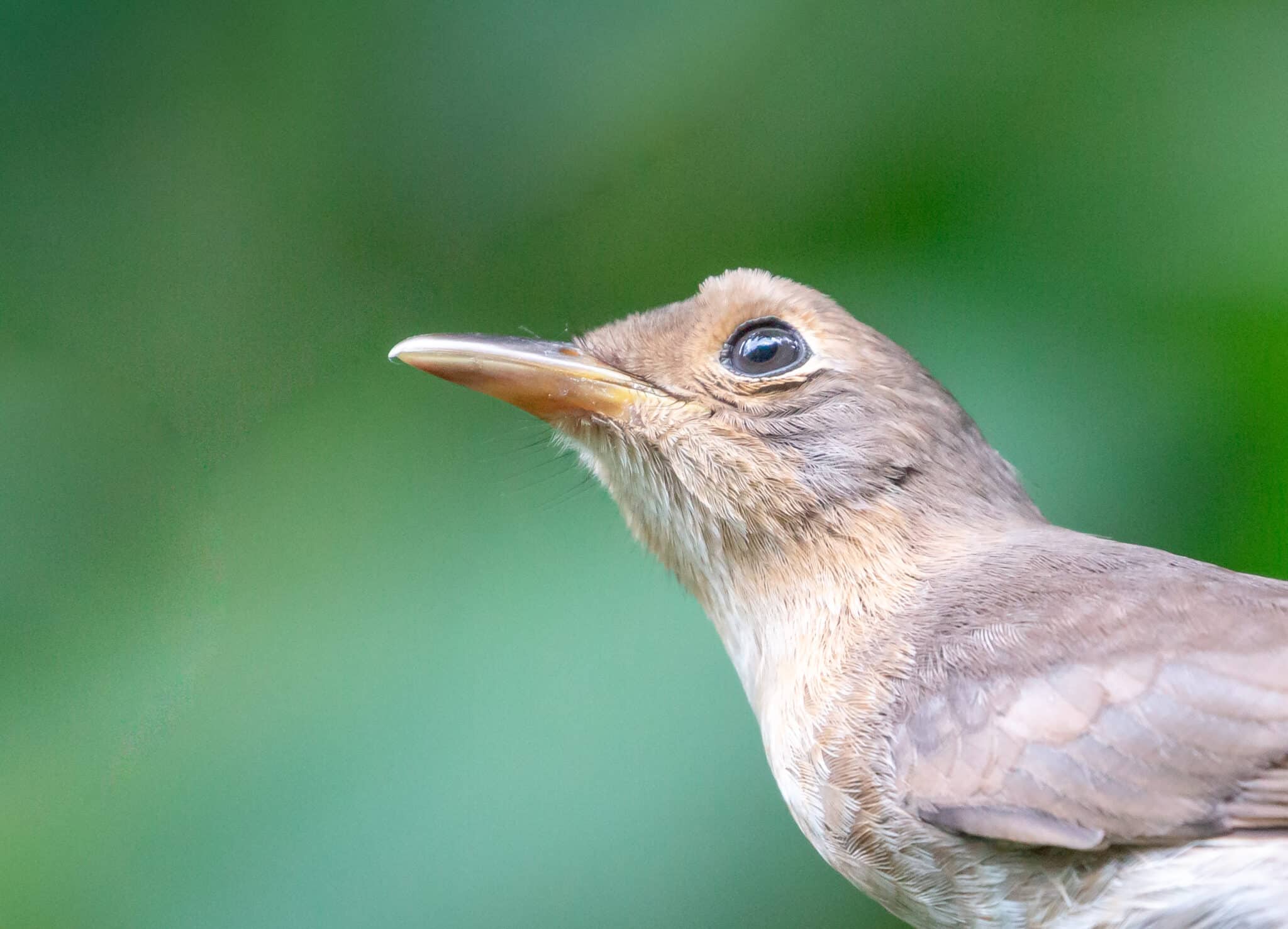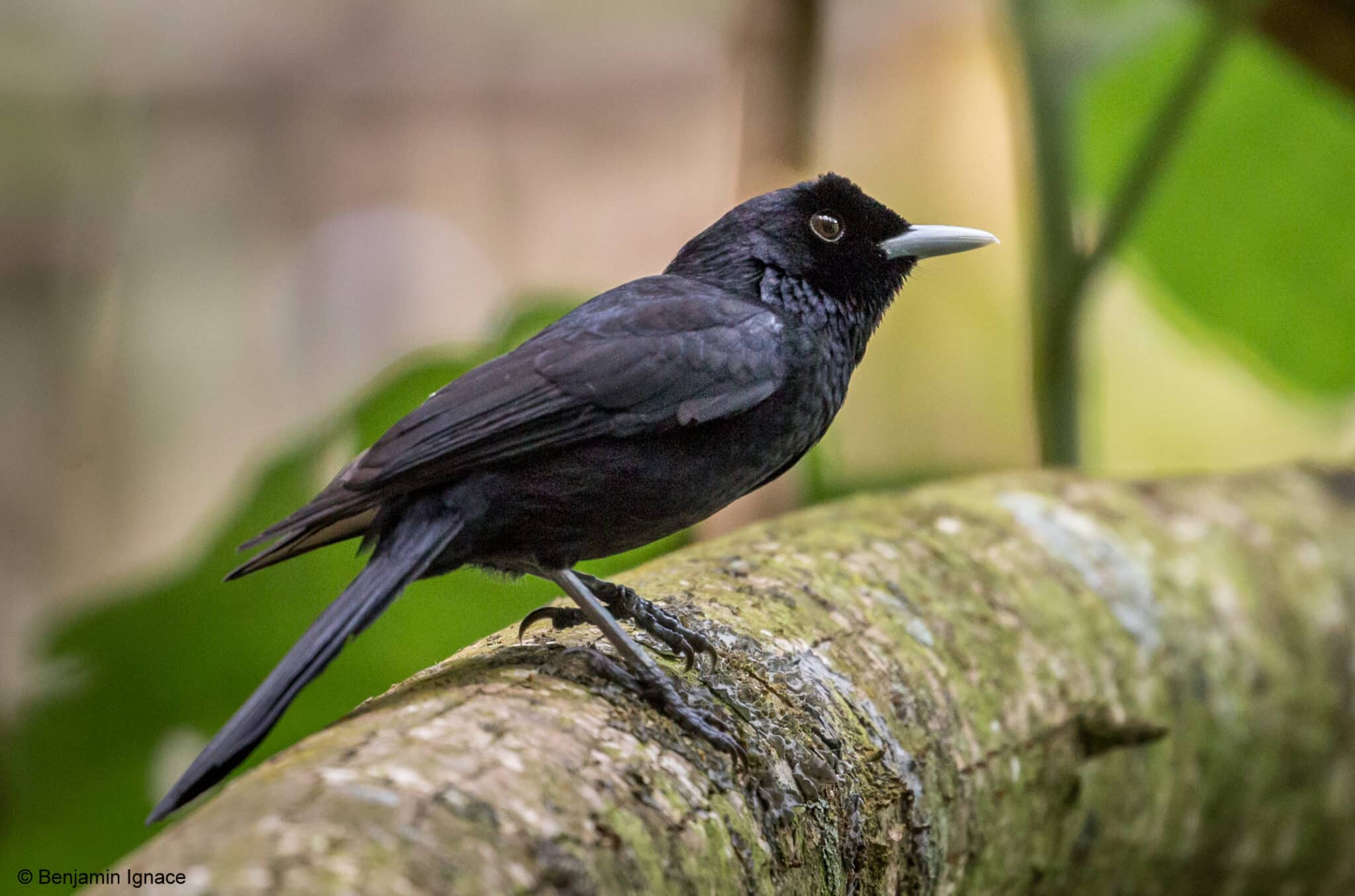Mission critical: saving an endemic kingfisher on the brink

A combination of invasive species and logging have resulted in Marquesas Kingfisher, an endemic to French Polynesia, being Critically Endangered. However hope is not lost, and BirdLife Partner SOP Manu have been working closely with local communities to save the species on its last island home.
By Liam Hughes
A blue streak darts down into the rainforest undergrowth, before reappearing with a a freshly caught gecko and revealing itself to be a Marquesas Kingfisher. This compact blue and white bird, known locally as Pahi, is one of two Critically Endangered kingfishers endemic to French Polynesia.
Historically found on two of the archipelago’s islands – Hiva Oa and Tahuata – it was once relatively widespread, preferring deep rainforests within the valleys of the islands, although they are also found nesting in coconut and mango plantations. However, like many island endemics, the species’ fortunes changed once invasive species arrived.
While early predation from introduced rats and cats no doubt had an impact, the introduction of Great Horned Owls to Hiva Oa in 1927 – ironically an intentional endeavour by a church on the island to control invasive rats – ultimately had the most devastating effect, and Marquesas Kingfishers are now likely extinct on that island.
Fortunately, the smaller outpost of Tahuata was spared from owls and is now the final refuge for the species. This 61-km2 island is not devoid of its own threats, however, which include predation and disturbance from invasive rodents, cats and Yellow Crazy Ants, and the felling of large dead trees that Marquesas Kingfishers use for nesting. Alongside these, there is the ever-present possibility that a Great Horned Owl may journey across the short, 4-km channel separating the two islands.
While the impact of these threats is unknown, successive surveys suggested the species’ population had almost halved to 261 birds from 2003 to 2017. These worrying declines prompted an in-depth study in 2020, which fortunately estimated that almost 400 Pahi remain on the island – suggesting previous surveys may have overestimated the scale of the decline. Additional surveys and interviews with local hunters also found the island remains free from Great Horned Owls, another promising sign for the species.
Despite these signs of optimism, it is still one of the most threatened species in the Marquesas archipelago and, since 2011, SOP Manu (BirdLife in French Polynesia) has been working with local communities to protect the kingfisher, establishing an an NGO dedicated to its protection in 2020. Named Pahi te manu makivi o Tahuata (or Pahi, the beautiful bird of Tahuata), the organisation has raised awareness of the species across its last island home. This year, SOP Manu has also trained several local community members to identify the kingfisher and its nests, which will become a regular monitoring programme to learn more about this Critically Endangered bird and the threats it faces.
“While population numbers seem stable, apart from surveys every few years nothing was done [to help] the species, particularly regarding its threats,” says María Igual, consultant ornithologist for SOP Manu. “The hope is that the local NGO will raise awareness for the kingfishers amongst islanders, particularly to survey for Great Horned Owl arrivals, as well as working with coconut farmers to identify kingfisher nests and help protect them.
Header Image: An adult Marquesas Kingfisher © Benjamin Ignace



